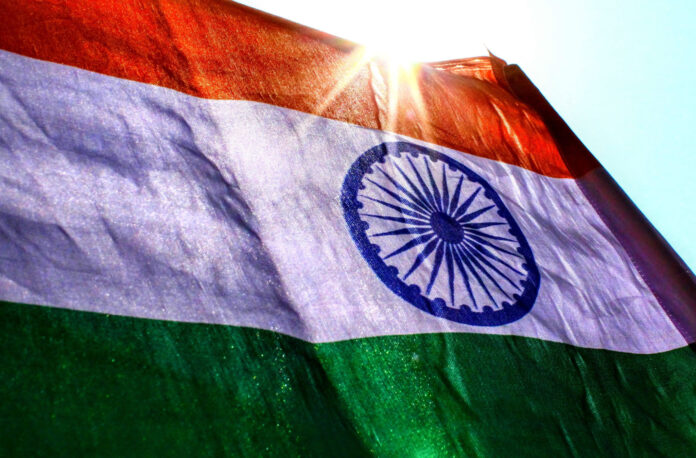COAI represents the interests of local carriers Reliance Jio, Bharti Airtel and Vodafone Idea
The lack of enough 5G frequencies for Indian operators is likely to become a major hurdle for the rollout of 5G technology as well as Wi-Fi services with the emergence of new 5G use cases in the near future, according to a senior official of the Cellular Operators Association of India (COAI).
“We have less than 40% of the spectrum we require. We have to forecast our requirements and then we have to begin investing,” SP Kochhar, director-general of COAI, told local newspaper The Economic Times.
COAI represents the interests of local carriers Reliance Jio, Bharti Airtel and Vodafone Idea. The first two telcos have already launched 5G services in thousands of cities across India.
Kochhar said that Indian operators will require 1,200 megahertz of spectrum in the 6 GHz band for a reasonable rollout of 5G technology nationwide. The mid-band waves, ranging from 5.92 GHz-7.1GHz, are considered suitable for both 5G network services and for providing Wi-Fi.
In April, COAI had urged the local government to allocate additional spectrum in bands like 6 GHz to boost 5G mobile services. In a letter to India’s Department of Telecommunications (DoT), the entity warned that download speed offered by telecom operators would be reduced by 50% if there is not enough spectrum allocated in the 6 GHz band.
“Shortage of 6 GHz spectrum would compel telecom service providers to densify networks to meet IMT-2020 5G performance requirements, leading to 60% higher annual costs. Without densification, 5G download speed would be reduced to 50% if less spectrum is allocated in the 6 GHz band,” the COAI letter said.
According to local press reports, only 720 megahertz of spectrum is currently available in the mid-band in India. The reports also noted that the government is considering vacating the spectrum from broadcasters or satellite users in the C-Band (3.67-4.0 GHz) for 5G and future 6G use.
Earlier this year, international industry association GSMA said that India should identify and support 6 GHz spectrum for the expansion of 5G services across the country.
In a letter to India’s communications minister Ashwini Vaishnaw, the GSMA said: “The 6 GHz range is the primary mid-band spectrum to meet the needs for 5G expansion and its timely availability will drive cost-efficient network deployment, help lower the broadband usage gap and support digital inclusion.”
The GSMA urged the Indian government should support the 6 GHz frequency band for International Mobile Telecommunications (IMT) identification, at regional and international platforms such as the APG and WRC-23.
Currently, the frequencies in the 6 GHz band are partly used for satellite operations by the Indian Space Research Organization (Isro).
The Wireless Planning and Coordination wing (WPC) of India’s Ministry of Communications had formed a committee last year to define a strategy for identifying the 6 GHz band for the provision of mobile telephony services.

